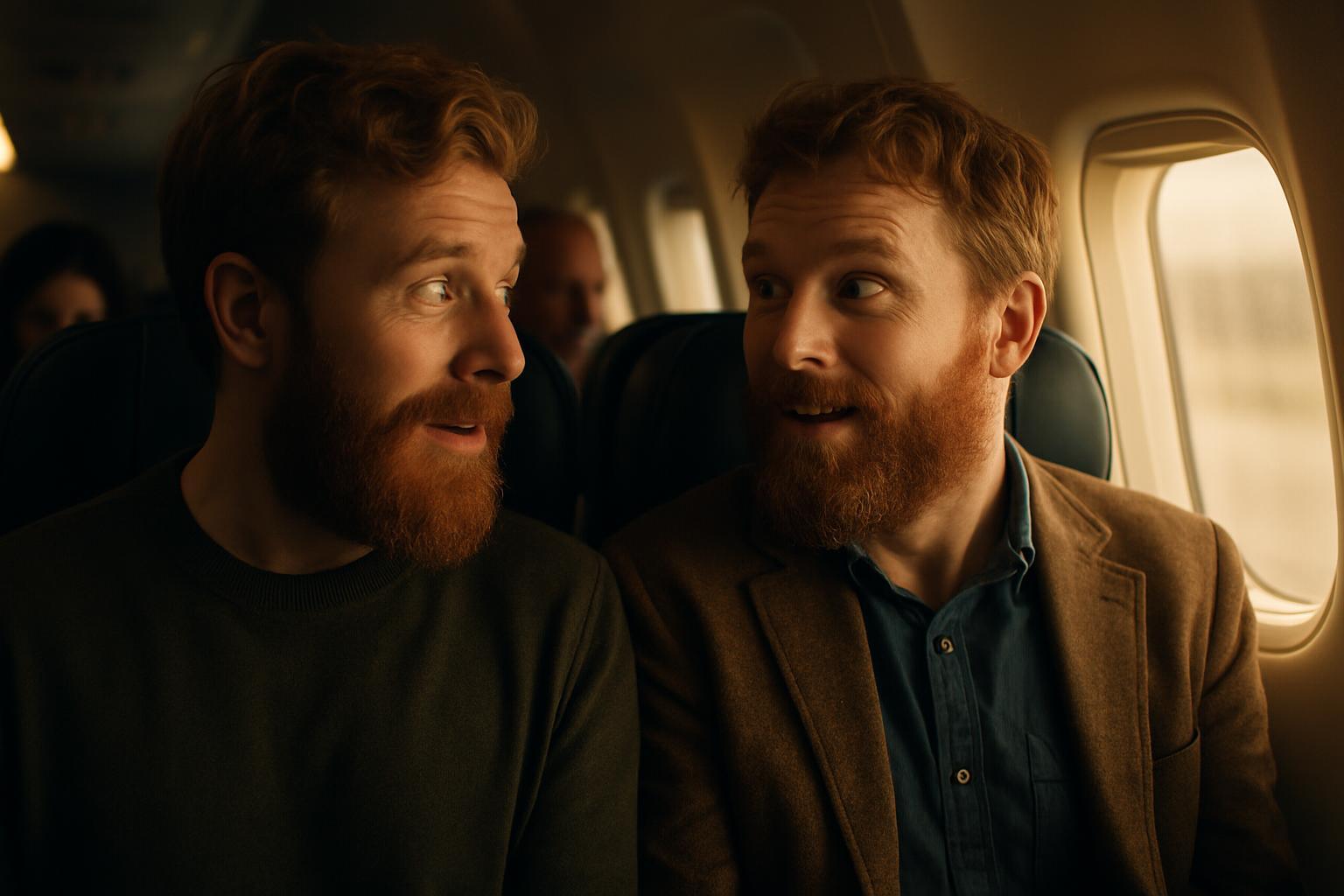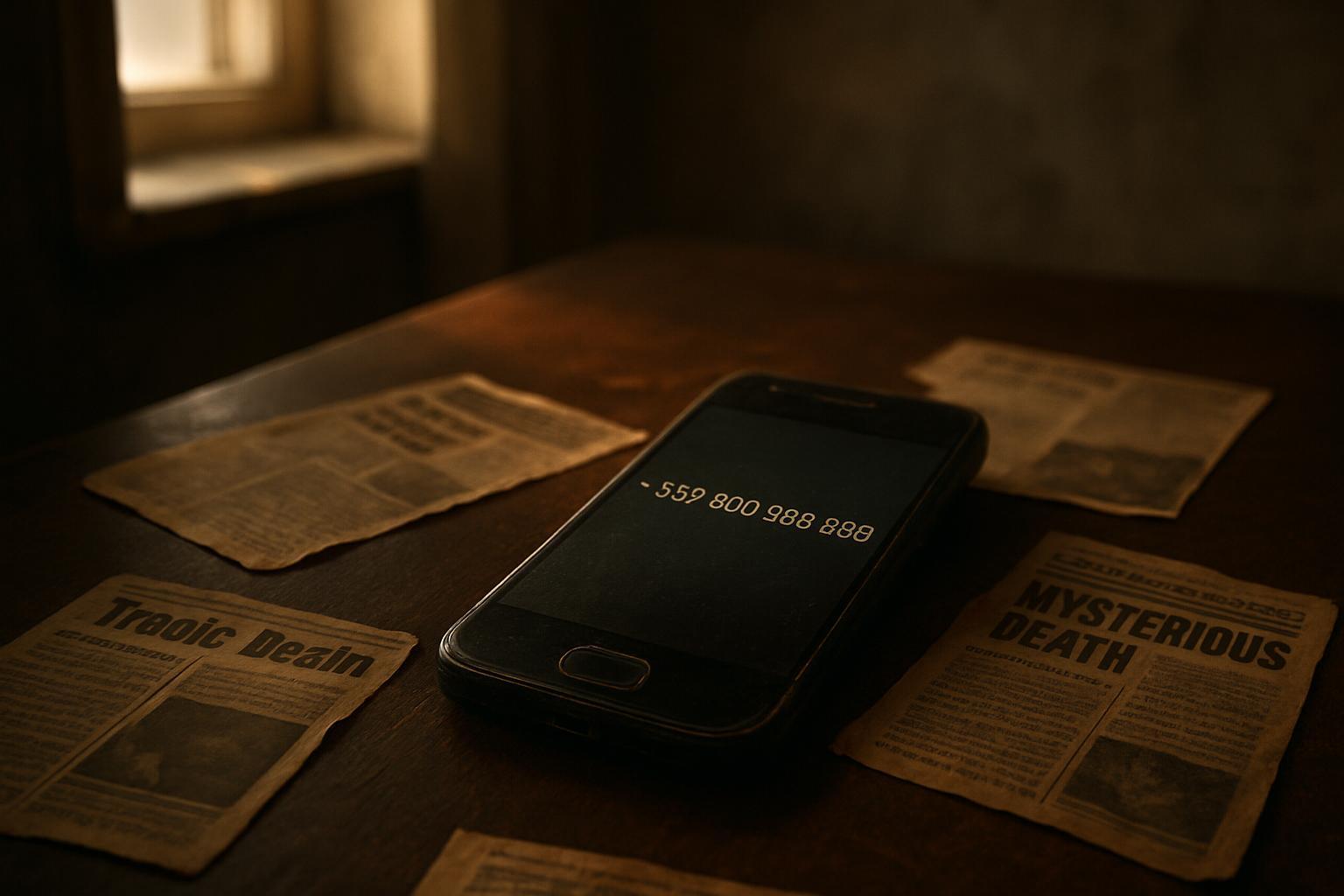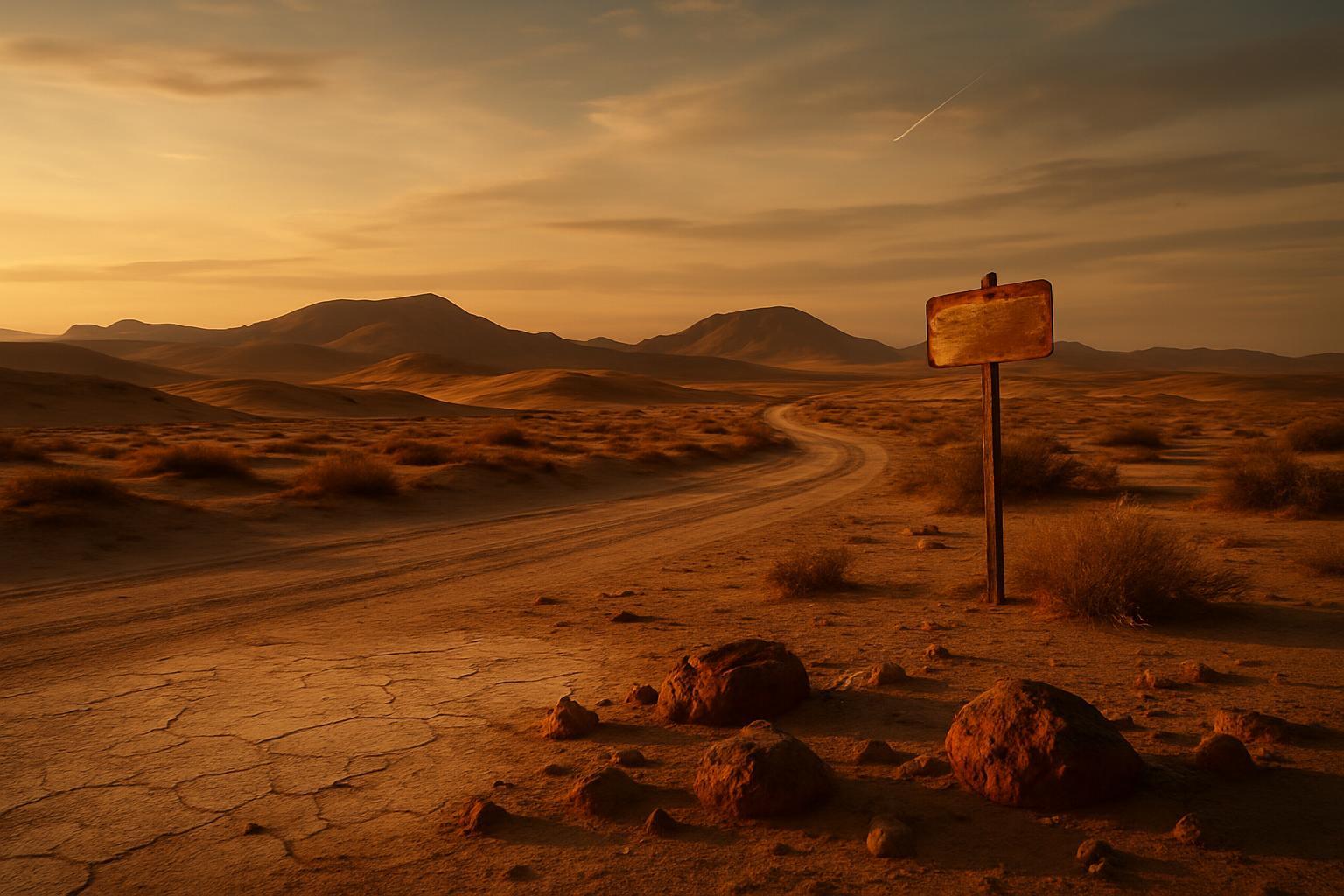Imagine taking your seat on a crowded airplane, only to glance over and see someone who could be your twin. In an instant, your notions of uniqueness collide with a living mirror image. Was it fate, the universe’s strange sense of humor, or something we don’t fully understand? The story of the man who met his doppelgänger on a plane invites us to rethink coincidence and question reality itself.
Two Strangers, One Identity
In 2015, Neil Douglas boarded a late-night flight from London to Galway, Ireland. He expected a routine trip, like so many before it. Instead, he found himself sitting next to a man whose appearance matched his own almost exactly. Douglas and his unexpected seatmate, Robert Stirling, shared the same ginger beard, hairstyle, and facial structure. Their smiles, the way they crinkled their eyes, and even their laughs were uncannily alike.
The pair posed for a selfie, both grinning in disbelief. The photo soon rocketed across social media. Comments poured in: Was this an elaborate prank or a nod from the “matrix”? Friends, family, and even strangers were fascinated by the resemblance. Some questioned whether the photo was doctored, but it was all real. It turns out, Douglas and Stirling had never met before and had no known connection.
The Science Behind Seeing Double
While the event had all the ingredients of a mystery, science can shed some light. Every person’s face is made up of common features, passed down over generations. Out of seven billion people, it’s not impossible for two individuals to look extremely similar. Scientists even have a word for it: the doppelgänger effect.
A doppelgänger is not just a look-alike but someone whose features, expressions, and even body shape closely match another person’s. This phenomenon is more common than many think. In 2015, researchers at the University of Adelaide found that sharing features across billions boosts the odds. The study used face-recognition software on thousands of headshots and discovered multiple close matches. Still, stumbling upon your double, unplanned and face-to-face, remains as rare as a lightning strike.
The Human Brain and Recognition
Why do such encounters spark so much fascination? The human brain is wired for pattern recognition. When you spot a face like your own, it triggers a rush of emotion and curiosity. Our brains search for familiarity in the world, seeking out matching shapes and colors. This is why people sometimes claim to see celebrities or loved ones in crowded places.
But is our mind playing tricks, or could there be something deeper?
Coincidence or Cosmic Joke?
Throughout history, stories of doubles have cropped up in folklore, literature, and even crime investigations. In old tales, meeting your doppelgänger was seen as an omen, sometimes of bad luck. Yet, in today’s world, we often react with awe and intrigue. The plane encounter captured people’s imagination because it seemed so improbable and out of place. It sparked a wave of debates across forums and social media platforms. Was it simply chance, or did it hint at something the rational mind cannot explain?
Some commenters jokingly mentioned glitches in the matrix. This idea comes from science fiction, especially the movie “The Matrix,” where reality itself is just a simulated program. In the film, a glitch—like seeing the same cat twice—signals a system malfunction. The phrase “glitch in the matrix” has since moved into popular culture, used to describe seemingly impossible events that defy logic or expectation. So, when two men who look alike down to the smile sit side by side on a plane, it’s hard not to wonder, at least for a moment, if reality is playing tricks.
Onplanes, in Cafés, and Across Continents—Doppelgänger Stories Multiply
Neil Douglas and Robert Stirling’s story is not an isolated case, although it remains among the most memorable. Similar cases have cropped up elsewhere, each causing a stir and capturing headlines.
- Canada, 2016: Identical strangers found each other through a photo project, then met in person. They reported feeling an almost instant connection, despite having unrelated family histories.
- Germany, 2019: Two women met by chance at a conference and marveled at their similar features. Both had the same mole above their lip and matching smiles.
- New York, 2014: Two men started a friendship after strangers confused them for brothers. DNA tests later proved they were not related.
Each new story raises the same questions: Are some faces destined to appear again and again? Is there a law of averages at play, or does fate have a larger role in these meetings?
The Role of Genetics
Genetics reveals part of the mystery, but not all. Each person inherits a mix of genes from their parents. Even without shared ancestors, two people can end up with similar genes for hair color, bone structure, and eye shape. This leads to look-alike strangers or “biological coincidence.”
Researcher Teghan Lucas, involved in the University of Adelaide study, explained that while people believe their faces to be unique, many features are common. With advances in facial recognition software, the frequency of matches between strangers’ faces surprised experts. Yet, the odds of two people meeting by chance remains extremely low when factoring in location, age, and global population spread.
DNA Doesn’t Always Match
You might expect resemblance to hint at a hidden family link. However, most documented doppelgänger encounters reveal no shared DNA. DNA tests, such as those conducted in the New York case, routinely show no genetic connection. This serves as a reminder that appearance can be influenced by chance as much as family ties.
The Psychological Impact of Meeting Your Double
When you see someone who looks exactly like you, the effect is more than skin deep. Some people feel joy or amusement, while others struggle with anxiety or confusion. You may find yourself asking, “If I am here, who is that over there?” That moment where you meet your double creates a unique type of self-reflection.
- Curiosity: Many people become curious about their double’s life. Do they have similar skills, dreams, or quirks?
- Discomfort: For a few, seeing a doppelgänger is unsettling. It challenges their sense of identity.
- Connection: Several report a strong bond, describing interactions with doubles as strangely familiar or even friendly.
Studies in psychology note that humans often react to what feels familiar, even if logic tells them it’s just coincidence. The face is deeply tied to our sense of self, so coming face-to-face with our own image invites a flood of feelings.
Culture, Folklore, and Fear
Looking throughout history, doppelgängers have long inspired both curiosity and fear. In European folklore, meeting your double could spell misfortune. In Scotland, the “fetch” was believed to be a spirit double or an omen. In German stories, the “Doppeltgänger” sometimes appeared as a warning that a person was about to die.
Writers drew on these traditions. Edgar Allan Poe’s story “William Wilson” explored the dark side of meeting a doppelgänger, blending mystery with the fear of losing one’s identity. Even today, movies and books use doubles to explore questions of fate, choice, and reality.
The Shift in Perception
Modern views on doppelgängers have shifted. Instead of fear, people react with wonder, humor, or even hope. Social media is full of people searching for their look-alike, as if finding one is now a badge of honor. There is even an app and photo project called “Twin Strangers,” helping people meet their doubles worldwide.
Do these changes speak to a broader acceptance of oddities in our world? Or do they reflect society’s ongoing fascination with mystery and connection?
The Math of Coincidence
Mathematical probability gives us another lens. If you shuffle a deck of cards, the odds of two decks having the exact same order are almost zero. But on a global scale, the odds of two people sharing enough surface traits to look nearly identical increase with the population. This concept is called the “birthday paradox”—in any group of 23 people, two will likely share a birthday. With billions of faces, it gets harder to stay unique.
Yet, while math explains the odds, it doesn’t explain why it feels so magical when it happens in real life. For Neil Douglas and Robert Stirling, the numbers didn’t matter. Their meeting felt special because it was lived, not calculated.
When a Chance Meeting Becomes a Global Sensation
After their chance meeting, Douglas and Stirling’s story swept across borders, featured on news channels and websites. They inspired others to post their own look-alike meetings. People found themselves reaching out to distant strangers who matched their features.
Why do these stories go viral? Shared humanity plays a part. When people see two unrelated men smiling together despite their uncanny likeness, barriers seem to fall away. The event becomes a symbol—proof that the world is full of surprises and connections waiting to happen.
Uses Beyond Curiosity
The study of doppelgängers is more than a quirky hobby. In fields like law enforcement and security, recognizing facial similarities can help with investigations. On the lighter side, entertainment industries make use of look-alikes for movies or advertising. Even marketers have noticed: campaigns with “twins” often draw more attention and create buzz.
Yet, no amount of technology can predict when or where the next incredible doppelgänger story will unfold. That sense of unpredictability keeps people coming back for more.
Facing the Unexplained—Is There More at Work?
Whenever an event feels impossible, people search for explanation. Some turn to science and statistics, some to fate, and some to the idea of glitches in reality. These “glitch in the matrix” theories tap into a modern kind of wonder. People want to believe there are still mysteries out there—moments that hint at worlds just beneath the surface.
Douglas himself joined in on the fun, laughing off questions about a simulation glitch even as he said, “It was just a mad coincidence.” Yet, for many, seeing real-life proof of doubles, for an instant, makes reality seem a little less certain. Is there order to the universe, or does chance sit at the controls?
People’s Reactions—Connecting Through the Unlikely
Stories like the meeting on the plane fill a special role. They remind us that we are part of something larger than ourselves—a web of faces and lives, woven across continents and time. While some shy away from the strange, most people react with awe, humor, or the urge to tell someone the story.
- Community: After the story broke, online communities developed, dedicated to doppelgänger sightings.
- Creativity: Artists and filmmakers have turned such tales into art, exploring themes of identity and destiny.
- Connection: For a few lucky (or unlucky) pairs, the meeting sparks lifelong friendships, partnerships, or projects.
Above all, these stories fuel conversation—they challenge what we know about the world. They let us play with big ideas in a way that’s personal and accessible.
What Makes Doppelgänger Stories So Relatable?
Every one of us, at some point, wonders about our place in the world. Seeing your own face reflected in a stranger asks some of the oldest questions: Who am I? What makes me, me? If someone else shares my face, my smile, what does it mean for my identity? Many people report a moment of reevaluation, as if life itself has handed them a riddle.
This may explain why people love stories like the plane encounter. They encourage us to reconsider our own sense of self. They make room for the extraordinary amid the ordinary, allowing everyday life to brush up against wonder.
A Living Mystery
Despite research, folklore, and endless online speculation, the magic of these stories endures. You can sift through genetics, psychology, or mathematics, but sometimes the simplest answer is also the most remarkable: the world is full of surprises, and some are stranger than fiction.
As more people travel and share images, chances of meeting a double may rise, but the shock and joy will always feel fresh. If you ever sit down on a plane and find your own face staring back, remember—sometimes life hands you a moment that defies logic and invites marvel. It’s in these strange, shared twin moments that life reminds us: reality still has a few tricks up its sleeve.




